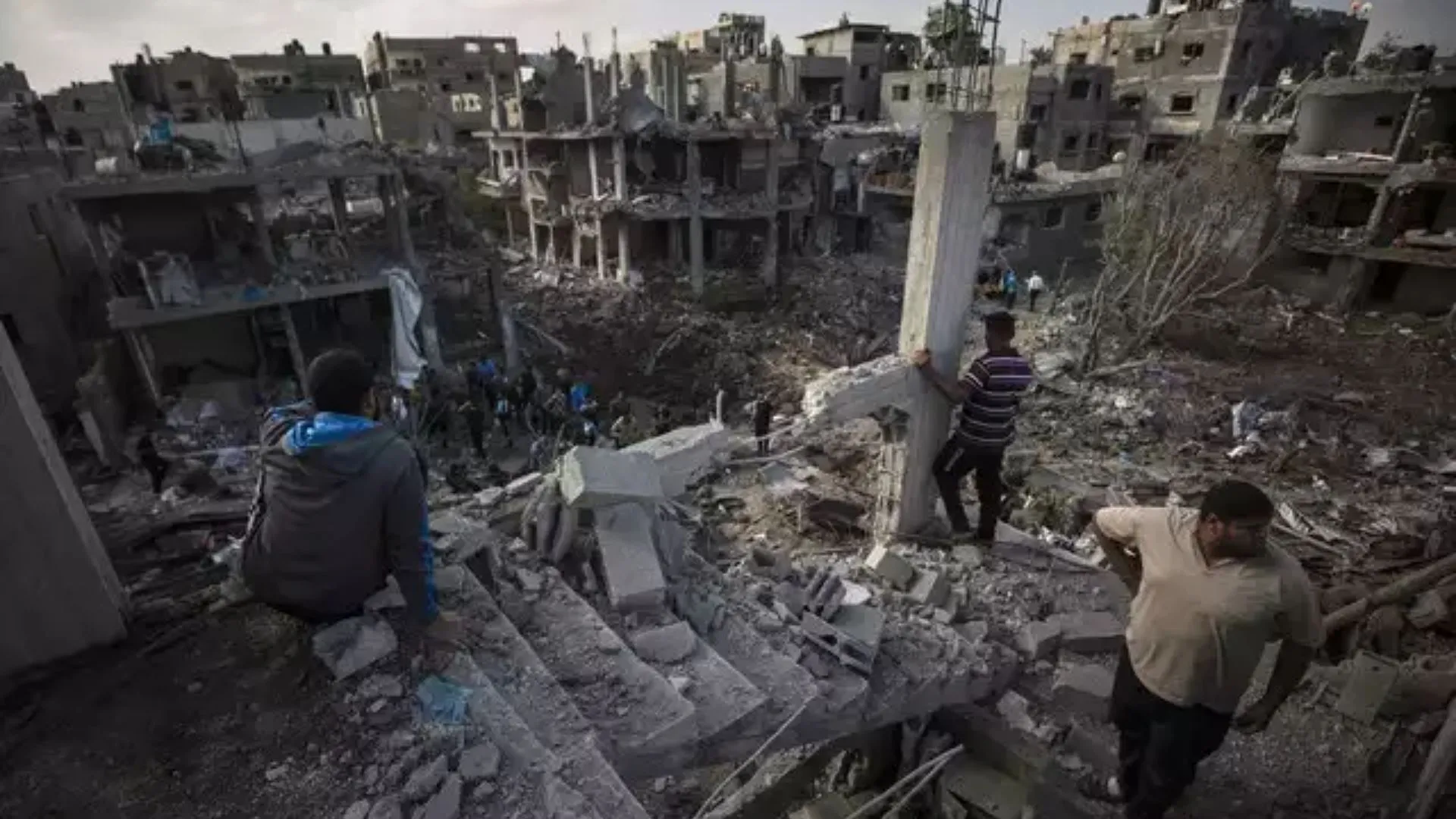It has been almost a year since the militant group Hamas stunned Israel by launching a brutal and coordinated attack from Gaza, an operation that caught Israel’s sophisticated security system by surprise. The assault left 1,200 Israeli civilians dead, while another 251 were abducted and taken as prisoners of war, subjected to horrifying violence. According to reports, the attacks were carried out with what some have called medieval methods—rape, murder, arson, looting, and sheer chaos, leaving the region in deeper turmoil.
Today, 101 Israelis remain in Hamas custody, with a grim estimate that only 66 of them might still be alive. The clock is ticking for their survival as hostilities between Israel and Hamas persist. In response to the initial attacks, Israel has launched multiple retaliatory strikes, resulting in hundreds of deaths on both sides—Hamas combatants and civilians alike.
Israel’s Expanding Conflict: Seven Fronts of War
Under the leadership of Prime Minister Benjamin Netanyahu, Israel now finds itself fighting adversaries on no less than seven fronts. Besides Hamas in Gaza, the country is also confronting Hezbollah in Lebanon, Houthi forces in Yemen, and threats from Iraq, Syria, and Iran. The Iranian regime has been identified as Israel’s primary foe, deploying its various proxies to keep Israel under constant attack. In doing so, Tehran has placed not just Israel but the entire Middle East at risk of wider conflict.
Despite its geographical distance from Israel—nearly 2,000 kilometers away—Iran’s influence reaches deep into the region. Once allies in the early 1970s, the two nations became arch-enemies after Iran’s 1979 Islamic Revolution. Since then, Iran has systematically worked to undermine Israel and the U.S., using terror networks across the Middle East to fuel ongoing unrest.
Crippling Hezbollah and Hamas: Israel’s Response
Israel’s military superiority has enabled it to weaken the capabilities of both Hamas and Hezbollah. In recent months, Israeli forces have significantly reduced Hezbollah’s military infrastructure, striking key communication networks and taking down several high-ranking commanders. On the Gaza front, Hamas, which once had a highly organized command structure, has been reduced to a fragmented terror group following the elimination of key leader Ismail Haniyeh in Tehran.
However, despite these gains, the conflict shows no signs of abating. Iran’s proxies continue their assault, with missile strikes targeting major Israeli cities like Haifa and Nazareth. This has led to mass evacuations, leaving many Israelis without safe havens as attacks intensify from multiple fronts.
Middle East on the Brink: Sunni Powers on the Sidelines
The broader Middle East is in flames, with regional powers like Saudi Arabia and the United Arab Emirates (UAE) watching from the sidelines. Once leaders in efforts toward peace and stability, these nations have largely taken a step back. The United States, traditionally seen as a guarantor of security in the region, is no longer viewed as a decisive force. Russia is distracted by its ongoing war in Ukraine, and China, while growing in influence, lacks the political clout to act as a global peace broker.
The region is a powder keg, with all parties waiting for the next spark. Sunni powers, particularly Saudi Arabia and the UAE, have put diplomatic overtures with Israel on hold, wary of angering radicalized factions within their own populations.
Global Ramifications: Iran’s Long Shadow
Iran has skillfully used its network of proxies to radicalize the Arab world, weaponizing political Islam to promote its broader ambitions. Tehran’s strategy has been to target Israel and the U.S. to establish its dominance within the Islamic world. Using groups like Hezbollah in Lebanon, Hamas in Gaza, and Shia militias in Iraq and Yemen, Iran has created a network of non-state actors whose sole objective is to challenge Israel’s existence.
These groups, heavily influenced by Tehran, show no interest in pursuing a two-state solution for the Palestinian homeland. Instead, they focus on eradicating Israel entirely. Hezbollah has effectively crippled Lebanon, while the Houthi rebels in Yemen have destabilized international shipping in the Red Sea and Gulf of Aden.
International Powers and the Path Forward
Efforts to resolve the conflict through diplomacy have largely failed. The United Nations, though influential, lacks the power to enforce peace. The Biden administration is preoccupied with Ukraine, and Europe is split over how to handle the crisis, with countries like China and Russia pushing for resolutions that may not reflect the full complexity of the situation.
The reality on the ground is grim. Netanyahu’s war effort in Gaza, initially supported by many Israelis after the October 7 massacre, is losing favor among the public. Reports of large-scale civilian casualties have fueled dissent in Jerusalem, and the public is questioning the political leadership’s ability to secure lasting peace.
The Future of the Middle East: A Tense StandoffPe
ace on Israel’s northern borders remains elusive, despite calls for the full implementation of UN Resolution 1701, which calls for Hezbollah to be disarmed and the Israel-Lebanon border to be demilitarized. Without international intervention, neither Israel nor Hezbollah seems willing to engage in an all-out war, leaving the region in a simmering state of conflict.
Sunni powers like Saudi Arabia and the UAE are reluctant to take bold steps toward détente with Israel, fearing backlash from extremist elements within their societies. While a two-state solution may seem like the logical answer, Iran’s desire to maintain regional instability ensures that the conflict will drag on indefinitely.
India’s Potential Role as a Mediator
Amid the chaos, some nations are emerging as potential brokers for peace. India, under Prime Minister Narendra Modi, could play a significant role in the diplomatic process. India maintains strong relationships with Israel, Iran, Saudi Arabia, and the U.S., positioning itself as one of the few countries capable of bringing all parties to the negotiating table.
In recent discussions with Palestinian Authority President Mahmoud Abbas, Modi signaled India’s interest in contributing to a peaceful resolution. However, the road to peace remains fraught with obstacles, as the Middle East continues to be a hotbed of violence, with no clear solution in sight.





